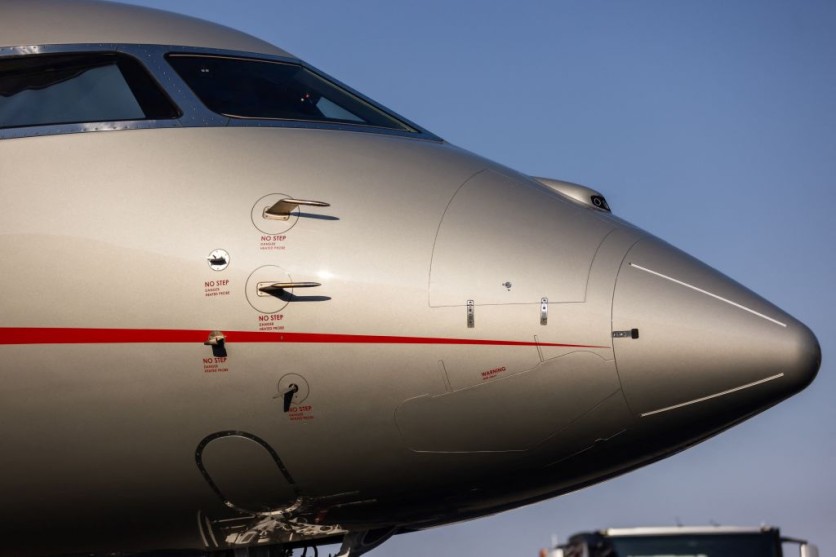The US Army is set to change its Cold War fleet of prop-driven aircraft with a modern business jet. The Army unveiled a new contract, indicating that it would buy a Global 6500 jet aircraft from Bombardier, including options for two development prototypes.
"HADES will bring the Army increased range, speed, endurance, and aerial ISR depth," said Col. Joe S. Minor, project manager for Army fixed-wing aircraft.
"HADES will operate at higher altitudes than legacy turboprop platforms. Higher altitudes equate to an ability to sense farther and more persistently into areas of interest. Deep sensing is the Army's number-one operational imperative for the Army of 2030," he added.

HADES Prototypes
The US Army Contracting Command-Redstone Arsenal coordinated with the Army Fixed Wing Project Office to grant a "firm-fixed-price contract to Bombardier Defense."
The Army would then procure one Global 6500 jet aircraft with the option to buy two additional aircraft over three years. These planes will be crucial in aiding prototyping efforts for the High Accuracy Detection and Exploitation System (HADES).
According to Lt. Col. Matt Paladino, ISR Task Force aerial chief for the Army Military Intelligence Staff. HADES will be equipped with all the necessary capabilities for deep sensing.
"With exceptional payload capacity, it will offer convergence options that occur on or off-board the aircraft to cover assured, denied, or degraded communication environments," Paladino said.
Furthermore, these prototypes will mark the first US Army-owned large-cabin business jets employed for Aerial Intelligence, Surveillance, and Reconnaissance platforms, and they will be responsible for advanced deep-sensing capabilities to aid in multidomain operations against peer and near-peer adversaries, according to the Army.
Read Also : US Army Will Replace Cold War Fleet of Reconnaissance Aircraft with Bombardier Business Jet
Greater Range, Speed, and Endurance
Minor noted that HADES will provide the Army greater range, speed, endurance, and aerial ISR depth. HADES will reach higher altitudes than previous turboprop platforms.
Minor added that the capacity to perceive farther and more consistently into regions of interest is correlated with higher elevations. Hence, the top operational priority for the Army of 2030 is deep sensing.
The Army started buying aerial ISR as a service in 2020 from military sector suppliers in the form of aerial technology demonstrators as part of the preparation for the HADES program of record.
The Army and the joint force receive data from the ATDs about platform performance, sensor integration and performance, and data distribution.
They can also better understand the doctrine, training, workforce, facilities, and sustainment needed to use the more advanced sensors and planes that HADES will supply, thanks to the ATDs.
Related Article : US Army Grants Operational Capability to Northrop Grumman's Integrated Battle Command System

ⓒ 2025 TECHTIMES.com All rights reserved. Do not reproduce without permission.




